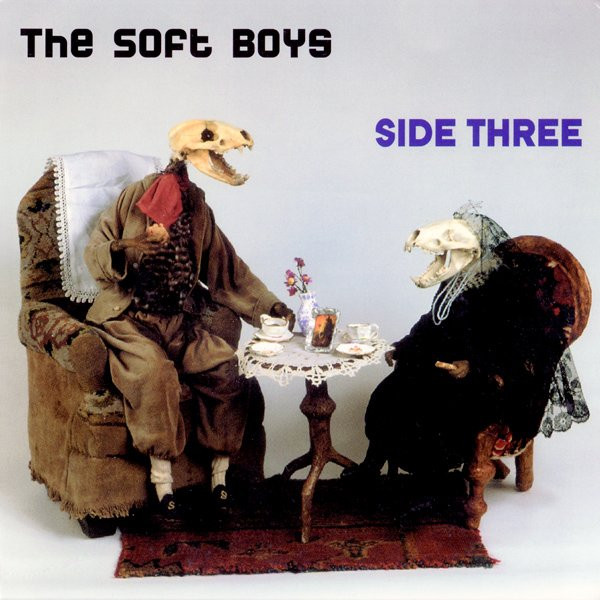 So many of the songs in their catalog had the singsong potential to be playground favorites, so They Might Be Giants should be commended for pointedly recording a kids’ album. While they made sure to swap songs about “death and depression” for ones related to things like bedtime, it’s still a straightforward TMBG album, with wacky sounds and clever wordplay. Their genius, however, is giving their first effort in the genre the absolutely perfect title of No!
So many of the songs in their catalog had the singsong potential to be playground favorites, so They Might Be Giants should be commended for pointedly recording a kids’ album. While they made sure to swap songs about “death and depression” for ones related to things like bedtime, it’s still a straightforward TMBG album, with wacky sounds and clever wordplay. Their genius, however, is giving their first effort in the genre the absolutely perfect title of No!Beginning with the charming “Fibber Island”, the guys go through mostly original songs that Gen X parents would certainly prefer to Raffi and the Teletubbies. With its accordion and lyrics about waiting for a girl to show up for a date, “Four Of Two” could be from one of their first albums. “Robot Parade” had already appeared in a more rockin’ “adult” version on Japanese pressings of Mink Car, and this one is vast improvement. The title track is probably not something those parents would want stuck in their kids’ heads, but to us it recalls Apollo 18. “Where Do They Make Balloons?” comes from the voice and pen of the bass player, who isn’t even named John, while “In The Middle, In The Middle, In The Middle” is sung by one John’s wife and is a mid-‘60s PSA written by the same guy who composed the Addams Family theme. “Violin” celebrates that instrument as well as hippos, mops, dust, and quarters for some reason. “John Lee Supertaster” is apparently derived from fact, but mostly gives Flansburgh a reason to wail on the guitar.
“The Edison Museum” is revived from Long Tall Weekend for some reason, but why they’d want to scare kids is beyond us. “The House At The Top Of The Tree” is an intriguing extension of the “Farmer In The Dell” trope, just as “Clap Your Hands” is self-explanatory. “I Am Not Your Broom” is a cute dialogue between John Linell and the object (spoiler alert: it acquiesces), “Wake Up Call” isn’t much more than nonsense syllables over a melody, and “I Am A Grocery Bag” is a nice little list. “Lazyhead And Sleepybones” will resonate with tired parents of multiple children, though they might not appreciate the cacophony of animal noises and other sound effects that pervade “Bed Bed Bed”—hardly the stuff of lullabyes. A little more serene is “Sleepwalkers”, though the band kicks in to close it out.
While the songs may be too wordy for kids to sing, we’d bet their parents have reached for No! on many a car ride. It’s a perfectly charming album, and a nice little side hustle for the boys. (Always hoping to embrace technology, the original CD was enhanced with interactive animated videos for most of the songs. As most operating systems have surpassed those system requirements, they can now be enjoyed on a dedicated website. Meanwhile, a tenth anniversary digital expansion added live versions of four songs from the album and two others, plus an extended version of a song from a different children’s album.)
They Might Be Giants No! (2002)—3
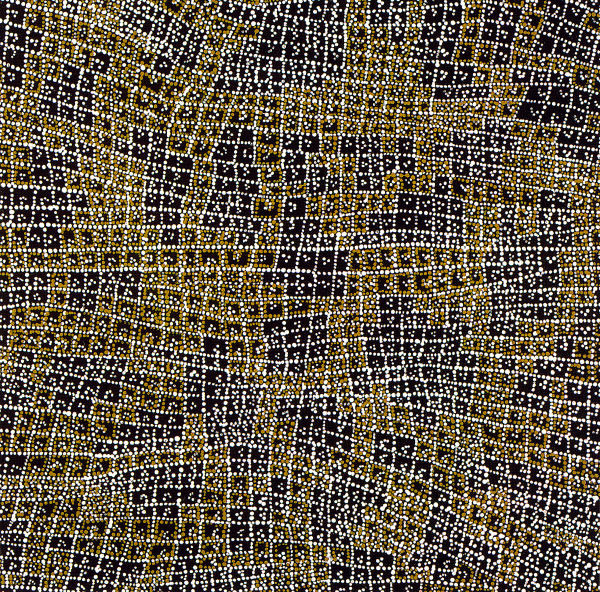
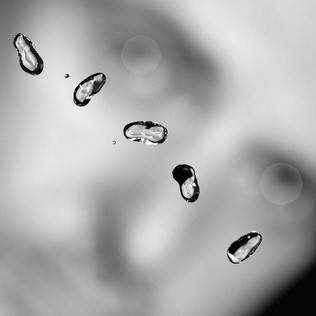
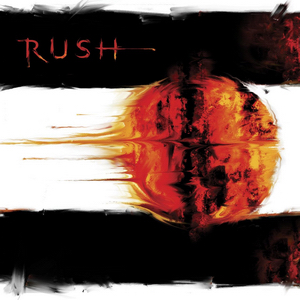



.jpg)
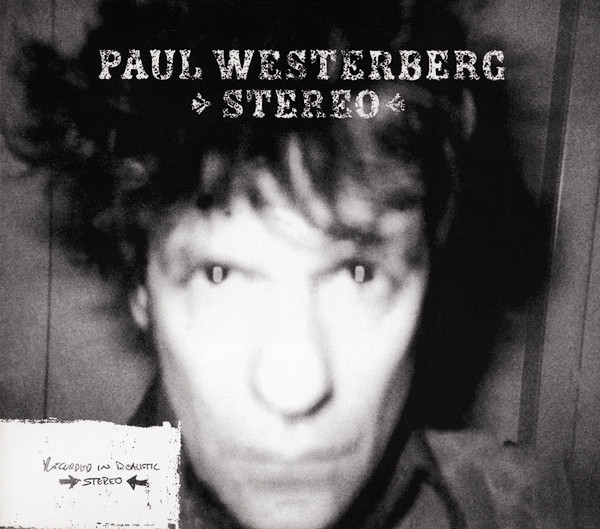

:format(jpeg):mode_rgb():quality(90)/discogs-images/R-1518330-1507461279-2511.jpeg.jpg)
:format(webp):mode_rgb():quality(90)/discogs-images/R-2633070-1294210523.jpeg.jpg)


:format(jpeg):mode_rgb():quality(90)/discogs-images/R-1024006-1463738382-8121.jpeg.jpg)
